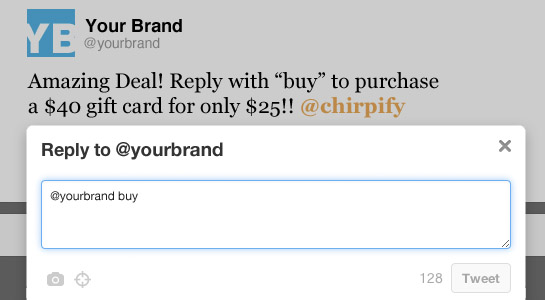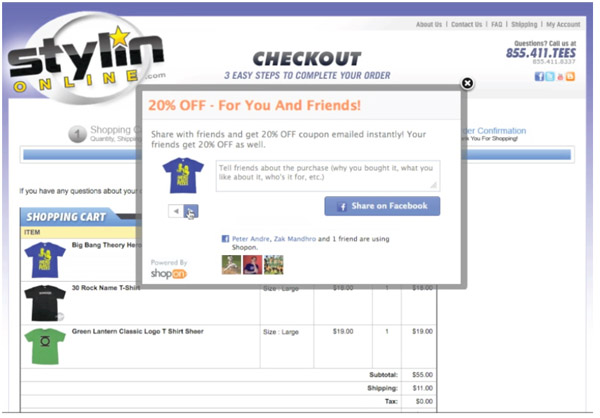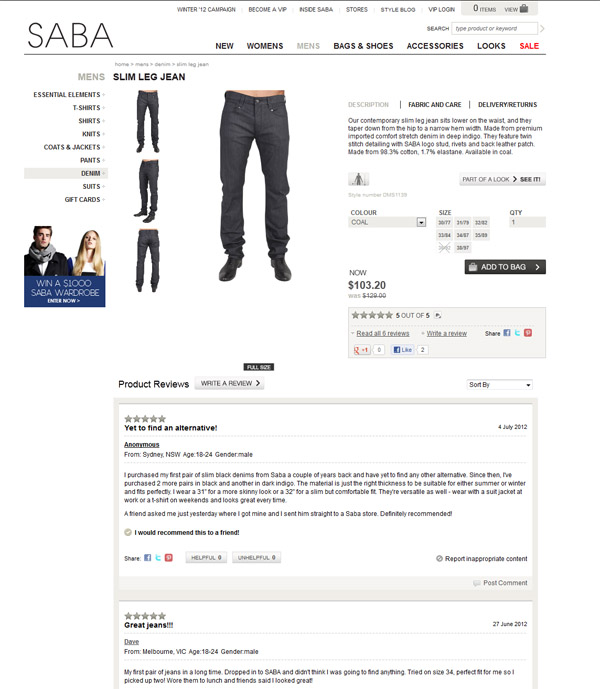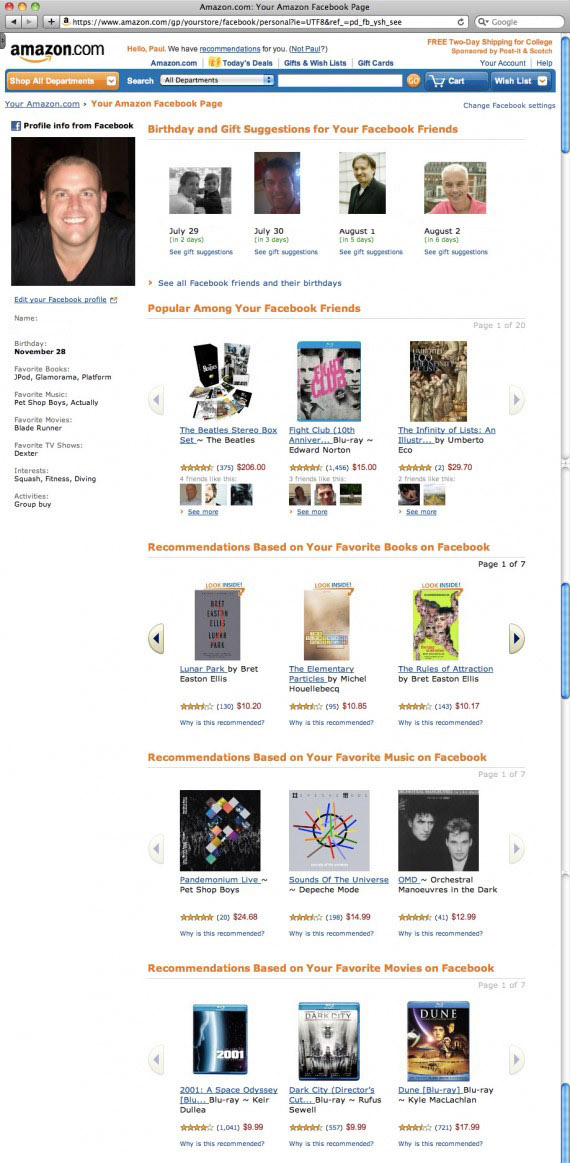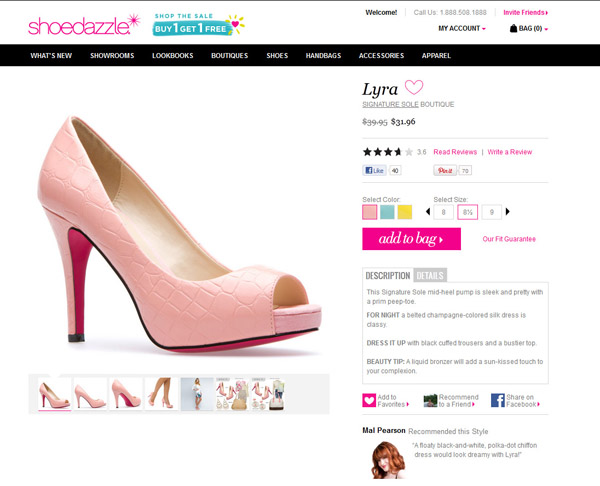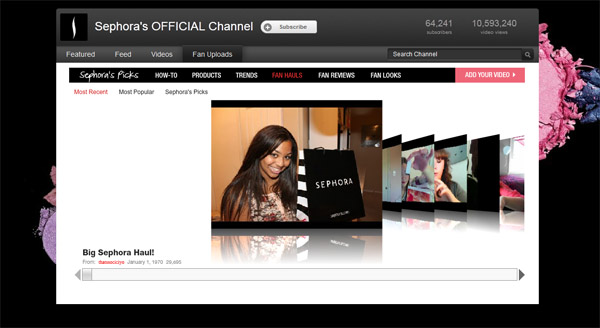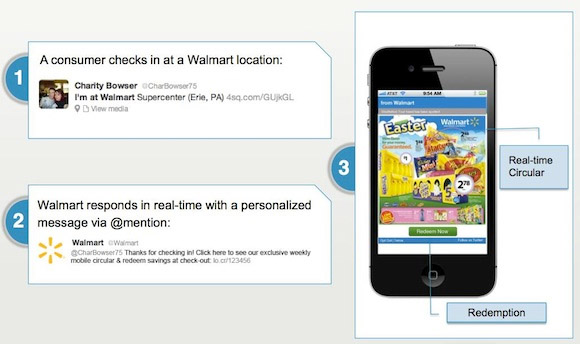Top10 uses of social commerce
Share
As far as buzzwords go, they don’t get much fluffier than ‘social commerce’. The term is used to describe any online activity that gets consumers talking about products or buying them in a social setting. It’s basically a way of saying shopping is, and always has been, a social undertaking and if we can get people shopping in a social manner online we can utilise the influence of word of mouth in ecommerce.
As a result, this catch-all term encompasses a range of techniques. It can manifest as a brand awareness or building tool, via campaigns that encourage consumers to talk about brands, review or recommend them. It can come in a direct response marketing form, via encouraged sharing of discounts or offers on social media. It can be built into a retail site itself, through social recommendation functions, like Amazon is famous for, or onsite reviews. Or it can even be to do with how the transaction is completed – group buying is often classified as social commerce and selling through social networks is growing in popularity.
Not confined to online operators, social commerce is being leverage by traditional retailers with programs designed to socialise bricks and mortar. Using the social graph to engage consumers wherever they may be, creating more personal, accessible experiences, and amplifying word of mouth can all be grouped under the social commerce umbrella.
Start-ups and agencies are emerging, providing software and platforms for brands to execute on social commerce. This Top10, presented in no particular order, looks at some examples of social commerce in action, and some of the best platforms out there which epitomise the approach.
Coca-Cola, Facebook store
Just as they do offline, retailers are gravitating towards highly trafficked areas online. Rather than hoping for customers to come to them, they’re going to the spot where over 800 million consumers are not only spending their time but sharing their opinions, recommendations and in some cases making purchases – Facebook. Not as many seem to be involved in f-commerce since Facebook updated its Pages format to the Timeline layout, but some notable success stories, such as Coke, are going strong.
With a big brand name behind it and a well-designed storefront to generate trust, Coke has found a global market place for its merchandise products, extending its product line outside of beverages in a serious way.
Chirpify
Chirpify turns Tweets into transactions, enabling consumers and businesses to buy, sell, donate and transact in-stream on Twitter. It claims to be device agnostic and frictionless, allowing consumers to make payments in one step and in real time.
Once signed up with a verified account, Chirpify removes the frictions of a traditional payments or e-commerce system, transforming Twitter from a broadcast platform into a transactional one. To transact users tweet simple commands such as ‘buy’, ‘pay’ and ‘donate’. For brands the process is simple. First, create and tweet your offer with a product image. Second, shoppers reply with the word ‘buy’, and if they’re registered, the transaction is automatically processed. Users can connect their PayPal account so the money is automatically deducted as they shop. The system has also been used by charities and political campaigns in the US.
Shopon
Shopon integrates into ecommerce sites, enabling the retailer to encourage sharing of purchases and products to Facebook. Coupons and other incentives offered on the retailer’s site encourage customers to share, and time-limited sales and gamification mechanics can also be administered. The software tracks clicks, Facebook posts, comments and likes, and the sales that result. Data collected via the retailers signed up for the service showed that for every 100 shares on Facebook, 123 visits were made back to a retail site and 10.4 sales were made. A study conducted by Shopon in May also found that gaining traction from encouraged sharing on Facebook is becoming increasingly difficult, with clicks per link shared declining from 3.6 in May 2011 to 1.2 in May 2012.
If you can’t see the video below, please refresh this page.
Bazaarvoice
Bazaarvoice, a global social shopping agency, offers a platform that integrates ratings, reviews and queries into ecommerce sites. Providing reviews on site has proven successful in giving shoppers the confidence of having a third party recommend the product, and also provides the brand with an opportunity to engage with users and learn from their feedback. The tool also enables brands to syndicate reviews across channels, mobile and social. For example, reviews posted on Saba.com could be shared on Saba product pages on Myer’s website also.
Amazon
The online retail giant is the master of social recommendation, thanks in part to the number of customers it boasts who’ve connected via Facebook. Looking at your Facebook friends, it will provide birthday and gift suggestions, popular titles, favourite books, music and movies.
ShoeDazzle
ShoeDazzle was one of the first to add the like button to the products on its site and within the first month had thousands of likes for its top products. The women’s shoe retailer also lets people login to its site using Facebook, with Facebook-connected users 50% more likely to make repeat purchases every month than average shoppers, according to SearchEngineLand. The site has since added the ‘Pin it’ button so that users can share products on Pinterest, and pulls in recommendations from Facebook friends.
Macy’s
Macy’s Magic Fitting Room featured a large-scale mirror that interacts with a tablet and lets customers browse, shop and try-on clothes virtually. Shoppers can send their favourites from the virtual fitting room their Facebook pages to get feedback from friends, or save them to refer to in the store.
Eventbrite
Event ticketing company Eventbrite has revolutionised the ticket sales model of Ticketek by introducing social. Eventbrite’s motto is ‘events are inherently social’. When people buy tickets for an event, they want to share the experience – and the news – with friends. The social web fuels the conversation and the communities that arise around live events – and Eventbrite allows people to book as groups, organise seating together and share news of events they’re attending so that word of the event is amplified. According to data collected by the company, every time someone shares an Eventbrite event on Facebook it drives on average an additional $2.15 in ticket sales and 12 visits back to the site for the organiser. In February CEO, Kevin Hartz, labelled Ticketek a “dinosaur” and announced expansion plans in Australia.
Sephora – Hauling
Fragrance and cosmetics chain Sephora installed video facilities in store to encourage ‘hauling’ (video commentaries of items purchased on a shopping trip) from customers after checking out. Having taken off, particularly for the cosmetics and fashion categories, the brand continues to encourage the hauling trend by featuring fan videos on its official YouTube channel.
LocalResponse
LocalResponse, headquartered in New York City, is a social advertising platform that aggregates public posts and ‘check-ins’ across multiple platforms to help brands and businesses identify intent and respond to it. Targeting data, such as, behavioral, demographic or contextual is usually approximated. LocalResponse’s platform is able to identify where someone is, when they are there, and what they are saying about it. Marketers act on the consumer’s real-time intent by converting people with exclusive offers or coupons via mobile at point-of-sale.



